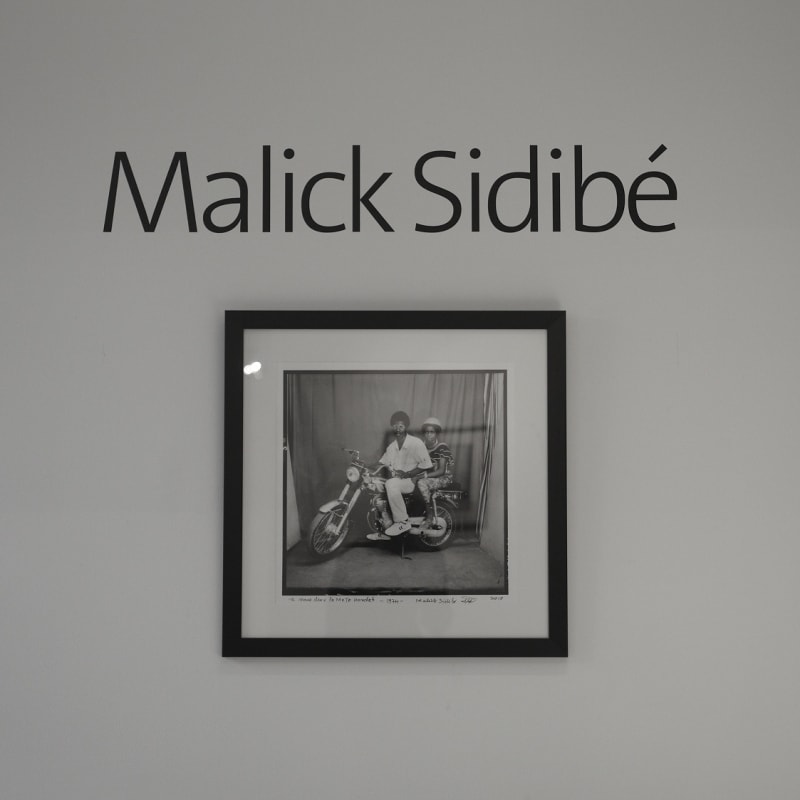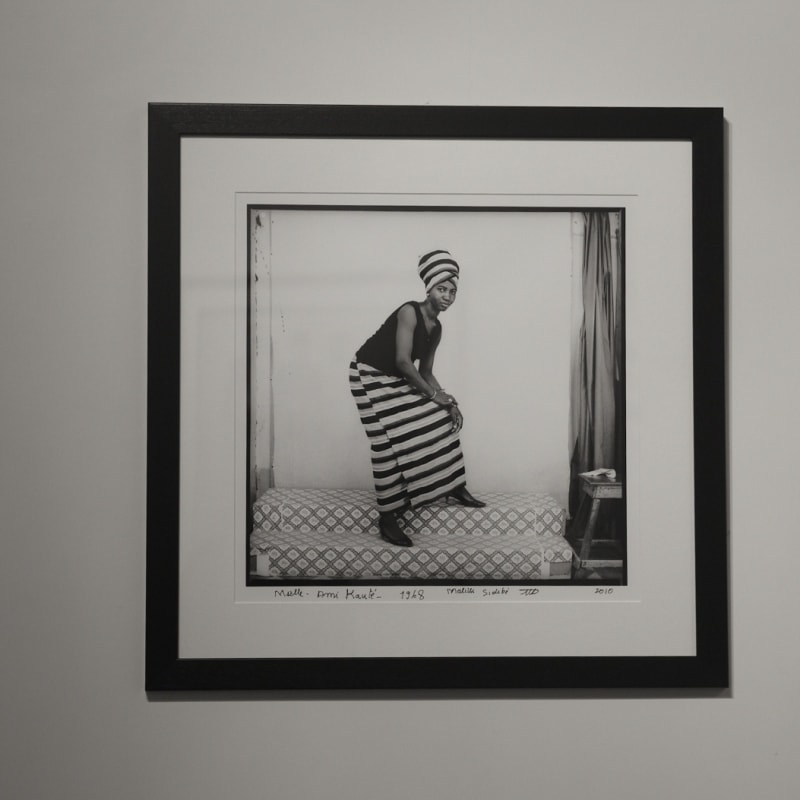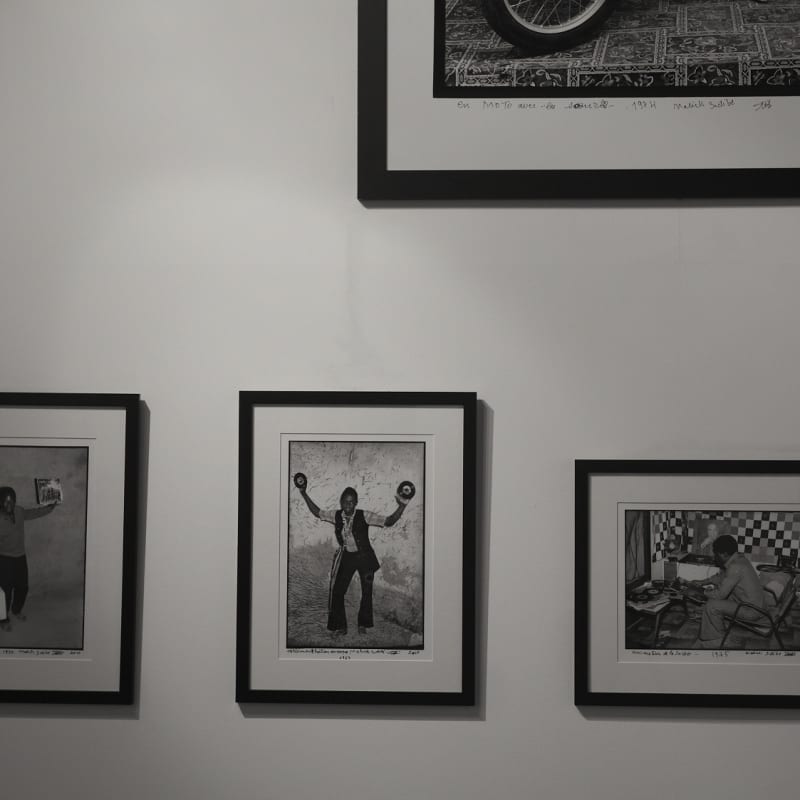When Mali became independent from France in 1960, a great sense of freedom and confidence coincided with economic expansion. Luxury shops appeared for the first time and young Malians, inspired by magazines and record covers from Europe and America, started wearing Western clothes.They formed clubs which became meeting places, where they drank, discussed politics and swapped James Brown records. Each club, with names like The Barons, The Seducers or The Soul Brothers, had a distinct style and reputation and would throw competing parties as often as possible. They became so popular that at one point there were over 250 in Bamako alone.
It was also in 1960 that Malick Sidibé, having completed a five-year photography apprenticeship, set up his studio in the lively Bagadadji quarter of Bamako. He bought a complete set of laboratory equipment from a Frenchman who was heading home and became one of the first photographers to take a 35mm camera out into the city. He teamed up with his friend Garrincha, part tailor, part DJ, “and a dancer credited with the invention of James Brown bell- bottoms specially designed to enhance your dancing skills.“ Together they went to all the parties, covering up to five a night. Sidibé would then return to the studio and print until dawn. On Mondays and Tuesdays, the revellers would come by to see the prints, discuss the night and generally have a laugh looking at the pictures.
Studio Malick was the place to hang out and be photographed in 1960s Bamako. Many of his clients were women who wanted to show off the latest clothes, watches and hairstyles, and would return regularly as new trends emerged. For young people, a studio portrait was an important event and each image was constructed using a mixture of carefully chosen props.They would dress like their idols, copying a specific film or look, and for each club there would be rules dictating the way their members should wear their hats and jackets, or the way they held their cigarettes.
The energy emanating from these pictures is still palpable in the studio today. Sit with Sidibé for a few hours and you will witness people of all ages dropping by; others call out his name as they bicycle past. Inside the studio the famous striped textile is still in use and the shelves are packed with repaired cameras and negatives. Always happy to discuss the old days, Sidibé tells stories of Bamako at the time of independence. In his opinion, the young today do not know how to have a good time. Looking at these carefree photographs, one feels he may have a point.




